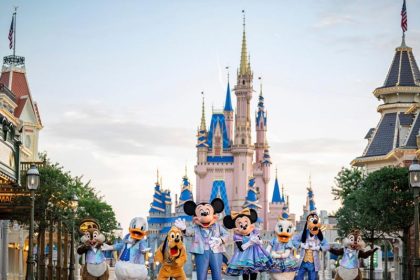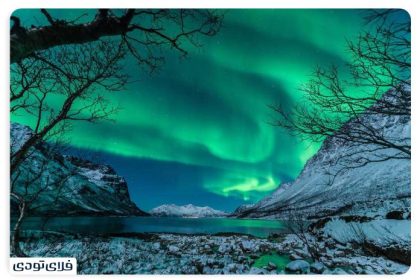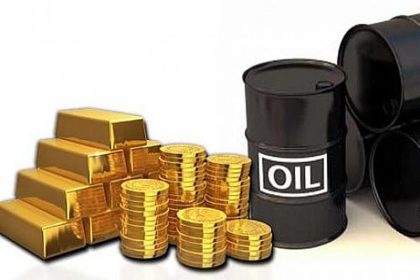After fashion weeks are held, news and content about the colors, fabric designs and trendy styles of each season are published on social networks and websites. A question that may arise after encountering this news; This is how trends in the world of fashion arise? Do only fashion weeks and famous and influential brands have the first and last say in the formation of these trends?
What is the role of big companies like WGSN? A trend forecasting agency that identifies trends in the fashion world for two years. Yes, you got it right from two years ago!
In this article from Sarak’s Closet Magazine, we want to examine trend forecasting, its types, history, how to forecast trends in fashion and the importance of such a process in the fashion industry, and at the end, get to know the famous agencies in this field.
fashion trend forksting Fashion Trend Forecasting) What is it?
Forecasting trends in fashion or fashion trend forecasting is the process of using market research and consumer information to predict the habits and preferences of customers in their purchases and interests in the future. Trend forexting allows designers and brands to use statistical analysis to design a product that their target audience is inclined to buy.
Forecasting trends in fashion is done using quantitative analysis and time series data*.
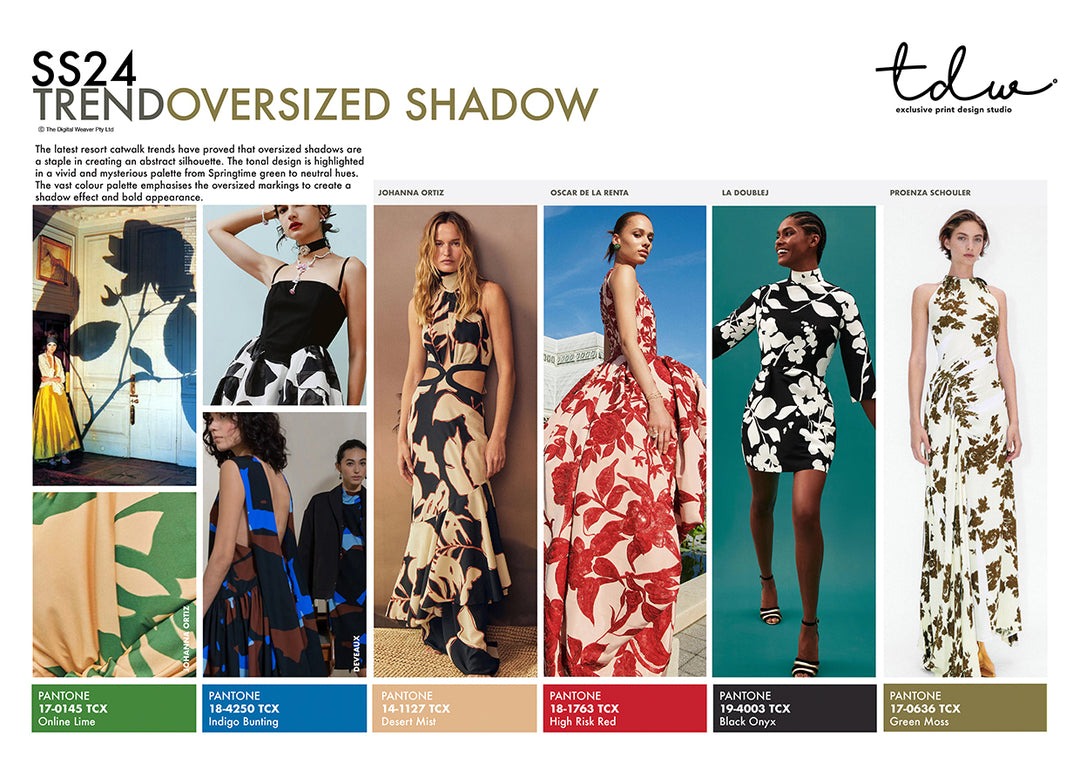
Types of trend forksting
Short-term forecasting and long-term forecasting are two types of trend forexting. In the following, we will explain these two models.
1. short term forecastShort_Term Forecasting):
Short-term trend forecasting, which is also known as seasonal and micro trend forecasting, analyzes and examines the habits and possible purchases of customers in the near future (usually between six months and one year). Short-term forecasting helps brands make better plans to offer their products based on the behavior of target customers.
- Example for short-term forecasting:
Two examples of the trends that are considered to be fleeting and micro trends in the spring and summer of 2024 are Burt trends. Brat and TennisCore. In short-term forecasting, the cover styles of celebrities and influencers, social networks, cultural and social events, and the economic situation are influential.
*We have already talked about these trends in detail in Sarak’s Closet Magazine, to read these two articles, you can click on the words “Bert and Tennis Court”.
2. long term forecast (Long_Term Forecasting):
The second type of trend forecasting is long-term forecasting, also known as macro trends or macro trends.
In long-term forecasting, the broad signs of social changes that have the possibility to affect the lifestyle and daily activities of consumers are examined and analyzed.
This analysis model can predict how major cultural changes will affect the market and consumer behavior.
- Example for long-term forecasting:
For macro trends, we can refer to the classic Samba sports shoes from Adidas and the soft luxury trend. Both of these trends have been around for a long time. Classic samba shoes have maintained their popularity since the past and are still used in different societies. On the other hand, a trend like soft luxury, in addition to influencing people’s fashion and style, has also influenced their lifestyle.


The origin and evolution of the forksting trend
The first signs of the forksting trend date back to the reign of Louis XIV in France (1648-1653), when the royal court’s attention to fashion had increased. Also, with the distribution of miniature dolls in 1391 AD, style and fashion ideas were transferred between Elizabeth of Bavaria (Queen of Germany) and Queen Anne of Bohemia (wife of Richard II).
With the advent of the industrial revolution, color prediction began as a commercial activity. The main reason for predicting colors at that time was a response to the progress made in dyeing methods and innovations in the textile sector. The result of these developments was that it allowed the textile industry to produce a wide variety of colors.
One of the associations that prepared and published the first trend report was the American Textile Color Card Association in 1914. Further, the industry’s need for access to consistent color information led to the establishment of the British Color Council and the formation of the Dictionary of Color Standards in 1934. This institute organized color spectra for the first time with numerical codes and descriptive names.
With the establishment of style bureaus such as promostyl in 1966 and peclers paris in 1970, fashion forking became more structured and more inclusive than before. The emergence of Ready-to-Wear collections, the rapid changes that occurred in society and the unpredictable behavior of people in their purchases, made the importance of fashion forexing more understandable than in the past and considered as an essential tool of this industry.
This trend continued until the 1990s, with the formation and spread of street style and fast fashion, the speed of clothing production increased. These two events left important effects in the fashion industry, clothing was no longer exclusive to big designers and well-known brands, and now ordinary people in society could buy a variety of clothes at a more reasonable price with fast fashion, and as a result, the speed of changes in the fashion industry increased greatly. found
In fact, fast fashion and increased access to diverse clothes, street styles and media have created changes in people’s lifestyles. Now the general public could be more involved with fashion and choose different styles for themselves.
Finally, in the 2000s, the direct and greater influence of social media, the expansion of global communication and familiarity with diverse cultures, made the speed of changes in the fashion world faster than in the past. As a result, trend forecasting and trend forecasting in the world of fashion became more complicated, challenging and important.
With such an evolution, we can now better understand why fashion forexting and trend forexting have emerged.


Why is trend forking important?
Assisting the marketing team, sales and design unit
Trend forexing and fundamental research about trends in fashion helps the design unit, marketing and sales team to make their plans and strategies based on the latest changes in the world of fashion, taste and behavior of their target customers to buy each season. For example, with the help of forecasts made by trend forecasting agencies, they find out what color and fabric and with what design will be used and noticed by consumers in the spring and summer of next year. It also helps brands to plan relevant and new content for their social networks and blog section in terms of content marketing.
Staying true to brand goals
Forecasting trends helps the brand to recognize the preferences and tendencies of its customers in their future purchases, and for this reason, it can learn about new findings and technologies in order to implement its strategies.
Aligning all this information with the company’s goals can help strengthen the brand image in the minds of the target audience and, on the other hand, increase profitability.
Researching trends allows managers to analyze the paths they have taken in reaching brand goals and to design a detailed plan based on trends for their future paths and achieving their goals.
Optimizing the production process
Trend forexting is usually done by agencies related to this field. Paying attention to the reports of these agencies helps brands and small production collections to implement the necessary creativity in the design of their collections with more opportunities. It also allows manufacturers to proceed with more flexibility to purchase raw materials and contract with different suppliers, and do the necessary planning to determine the budget for the purchase of raw materials. Finally, complying with all the items will help the product reach the market and retailers on time and avoid sudden changes in production.
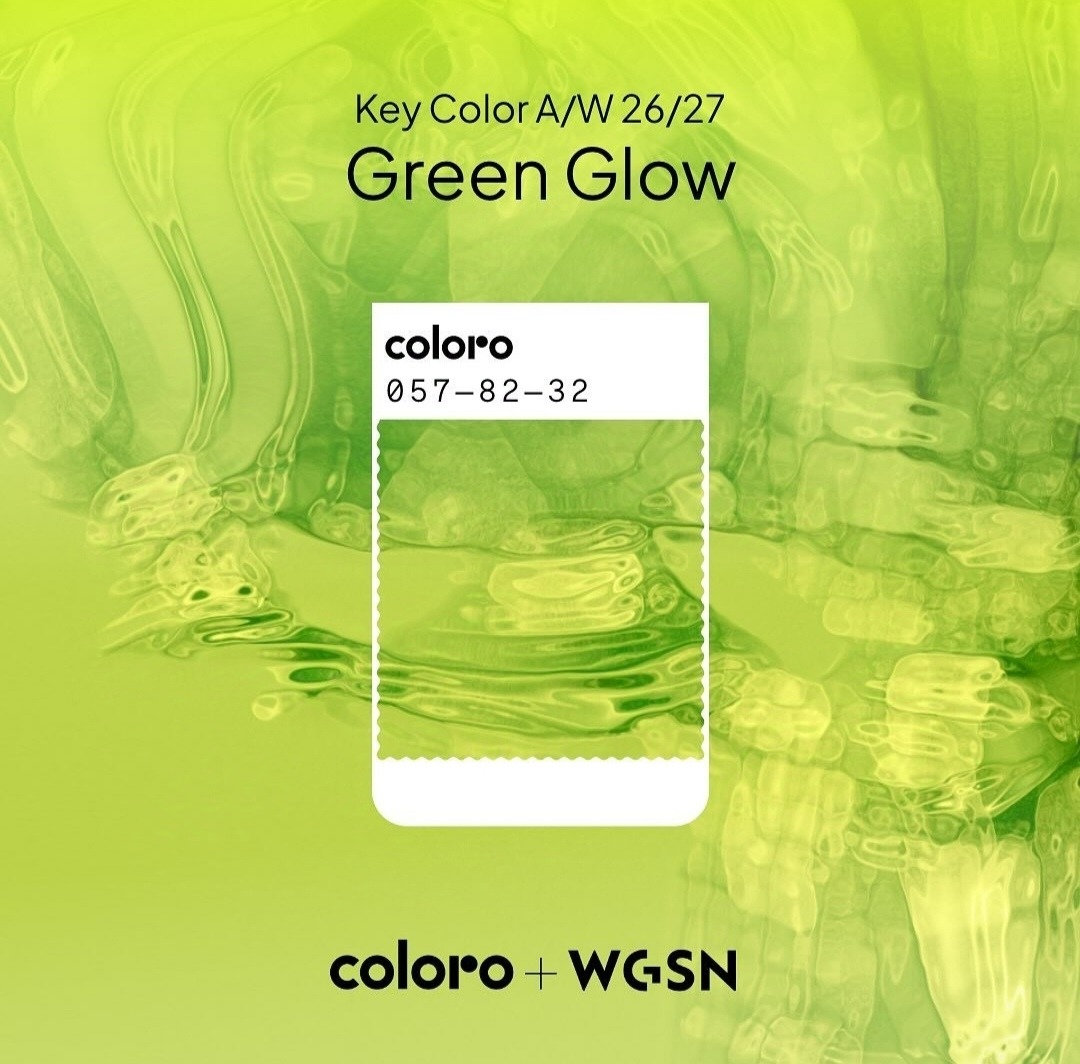

Getting to know the general trend of forexing in the fashion industry
The beginning of the path of trend forecasting begins with companies that operate in the field of fashion predictions. It is interesting to know that trend forecasting starts with color forecasting two years before products are released in retail stores. In this way, a company like Pantone LLC displays the trending color of the year before the start of the new season. On the other hand, other well-known companies such as WGSN and Trend Union predict and announce trendy colors, clothes and styles two years before they are directly released to the market.
After the predictions and the announcement of the result by such companies, it is now time for the fashion design department of these companies to start analyzing the combination of materials and colors for the upcoming seasons. After that, the designers start to design their latest collections based on the data of the trend forecasting agencies and of course with creativity and focus on the source of their inspiration, then they show the final collection six months before the start of each season at the fashion weeks of New York, London, Paris and Milan. .
After holding the fashion weeks, now it is the turn of online and offline media to spread and spread the trend. Today, social networks, followed by influencers, bloggers, and independent fashion journalists, can not be ignored on the trends of the fashion world.
As a result, after going through this process, fashion retailers and designers and smaller brands start designing and producing their products and formulating new strategies based on the information and statistics obtained from the trend forecasting process. Trend forecasting is a topic that involves all aspects of the fashion industry, from brands, designers, sales managers, retailers to consumers and customers.


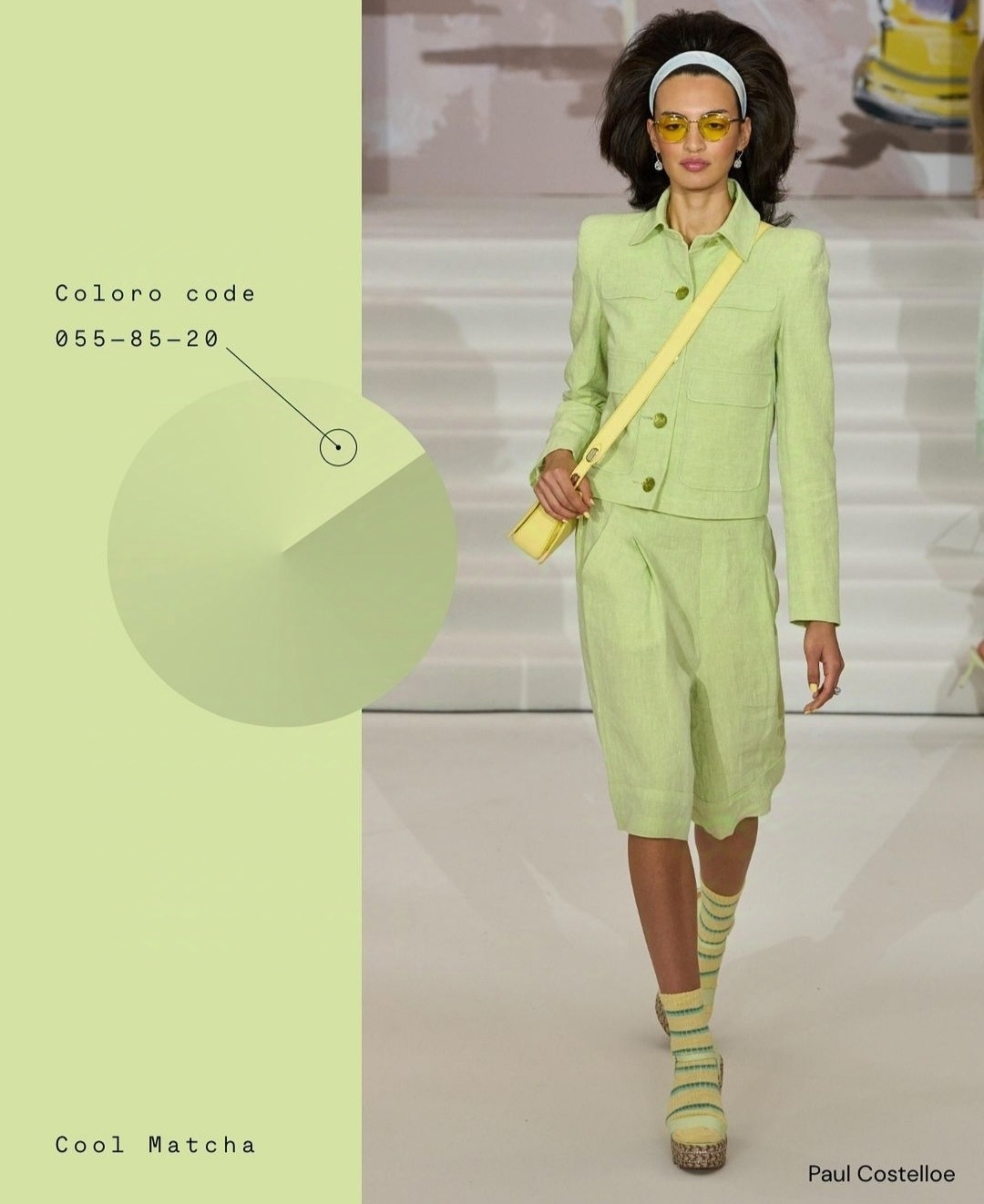

The most famous trend forexting agencies
| Company name | year of establishment | Field of activity |
| WGSN (World Global Style Network) | 1998 | 1. One of the largest and most influential companies in the field of trend forking. 2. Forecasting trends with data analysis in the fields of fashion, design, lifestyle and beauty. |
| TrendSpot | 2002 | Prediction and analysis of trends and consumer behavior, specialized analysis of runways and street styles. |
| Styleus | 2009 | 1. Forecasting trends and focusing on analyzing the future behavior of consumers. 2. Examining design trends and market opportunities. |
| Fashion snoop | 2001 | 1. Predicting trends in the fashion world based on design, style and color. 2. Examining the needs, desires and behavior of the consumer in the future 3. Investigating trends in beauty, lifestyle and interior design and decoration. |
| MintModa | – | 1. Forecasting trends, analyzing and analyzing colors. 2. Advice to designers, brands and retailers in the fashion industry |
| Peclers Paris | 1970 | 1. Forecasting trends in fashion, lifestyle and beauty. 2. Consulting in the design and strategy of brands |
| Trendera | 2009 | 1. Predicting trends and analyzing consumer behavior. 2. Examining the differences between different generations and advising brands to provide suitable products for each generation. |
| Edited | – | Helping retailers optimize their products by forecasting trends, market analysis, retail and consumer behavior. |
| The doneger group | 1946 | Trend forecasting and market analysis. Consulting for retail and merchandising strategies. |
| Tagwalk | – | 1. Detailed information and statistics from fashion weeks and runways. 2. Ability to search brand collections. * Tagwalk is a search engine in the field of fashion and is not included in the category of trend forecasting agencies, but due to its accurate statistical information, it provides specialized and useful information to designers, brands and retailers. |
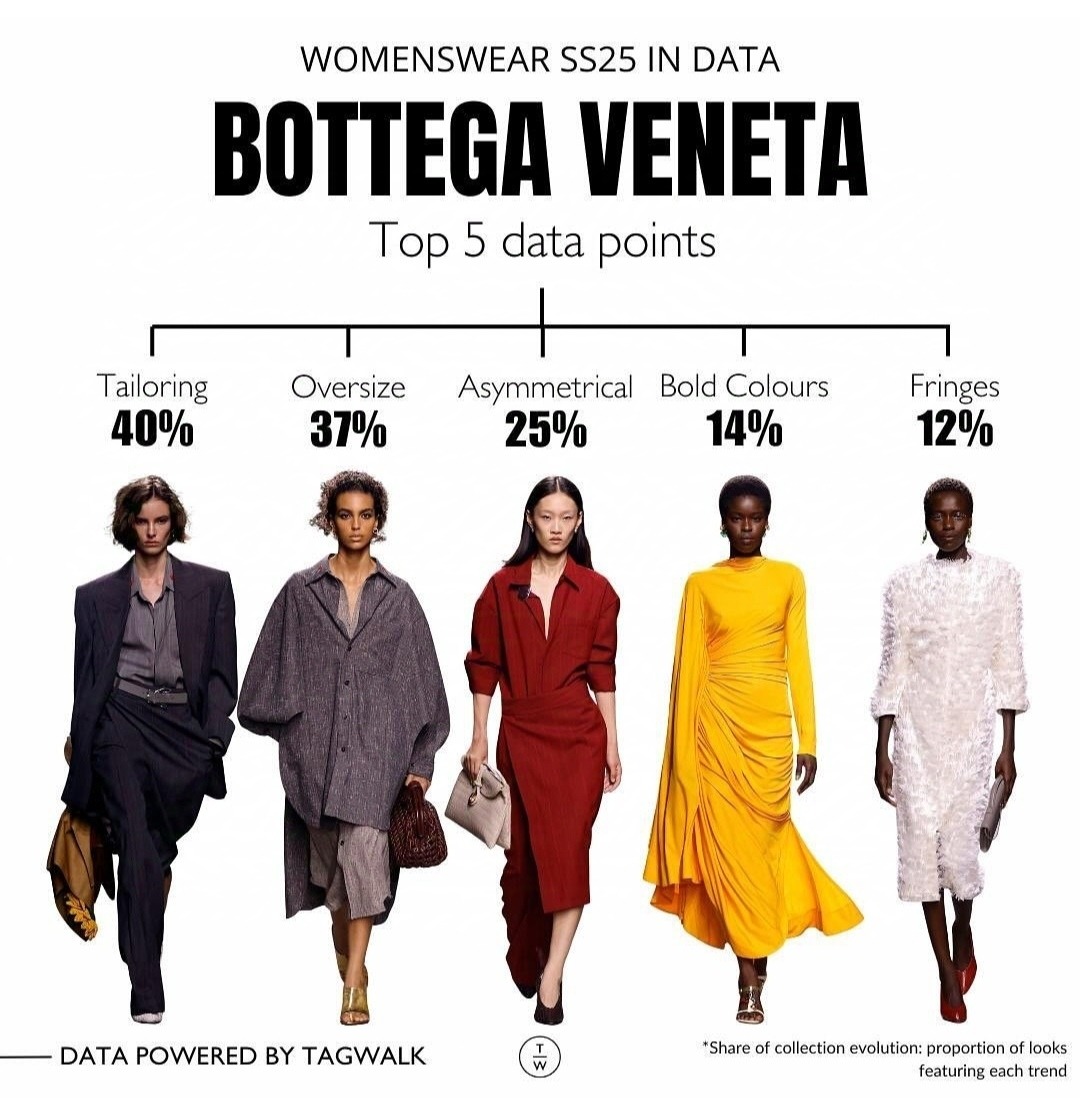

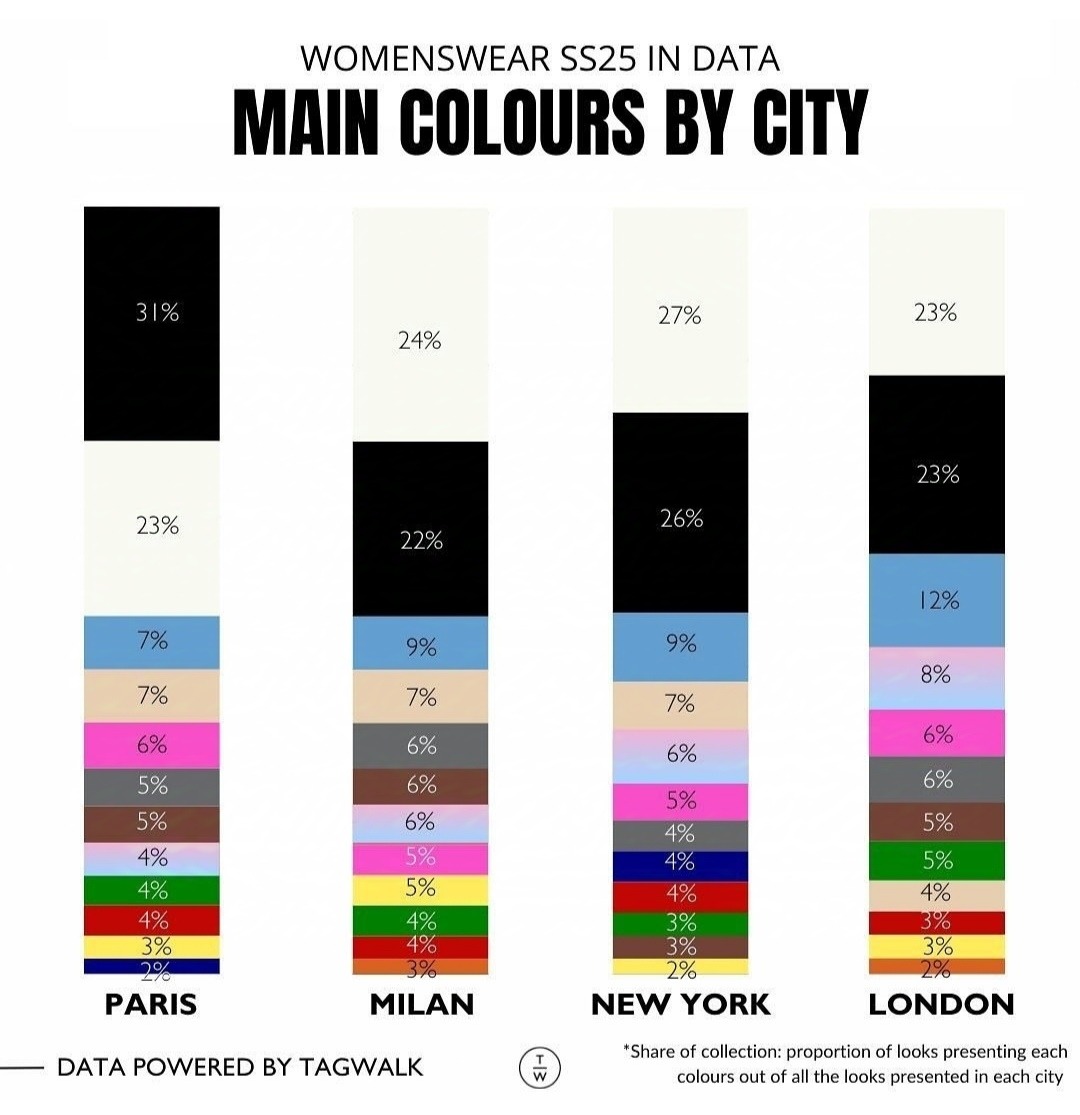

last word…
Fashion trend forecasting, or forecasting trends in fashion, is a very important and influential process in this industry, which, in addition to influencing consumer behavior, causes the formulation of new strategies by brands, designers, and retailers every season.
As a designer or business owner in the clothing industry, you must always pay attention to the trends of the fashion world so that you can finally produce the right product based on the interests of your customers, the culture of society, the market situation, your budget and your goals and strategies. Filled with competition, don’t get stuck with the high speed of changes in this industry.
Finally, tell us, how much do you follow the trends of the fashion world in the life of your characters? Do you always make your purchases based on the trends of each season?
*Time Series Data: statistical analyzes obtained in specific time intervals and in order.
Sources:
www.indeed.com
fashionology.in
RCO NEWS













